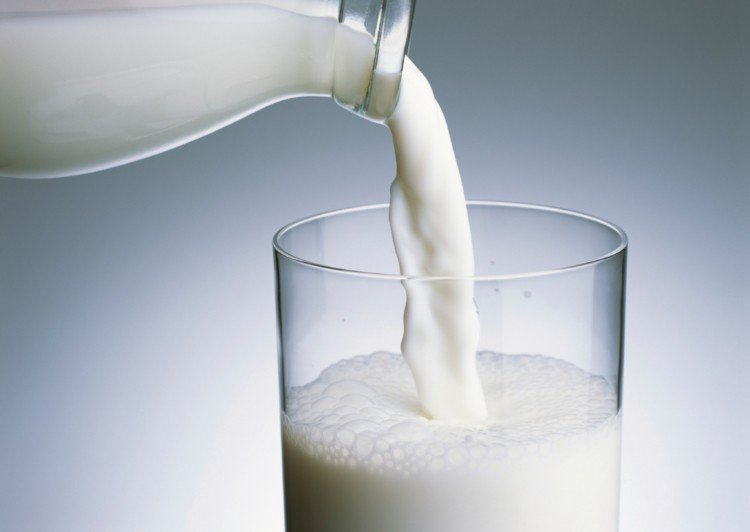Inside BENEO’s new pulse plant: pioneering sustainable protein from faba beans
Current techniques such as using a lactometer and looking for changes in the freezing point of milk can be used to detect the presence of water, but they have certain limitations
Researchers at the Indian Institute of Science (IISc), Bengaluru have developed a low-cost and effective method to detect adulterants in milk, by analysing deposition patterns after evaporation.
The team used a method to test for the presence of urea and water, the most common adulterants, but they suggest that such a technique can also be extended to other adulterants.
In this technique, the researchers looked at evaporative deposition patterns – those that emerge when a liquid mixture like milk completely evaporates, causing volatile components to dissipate, and solids or non-volatile components to arrange themselves in distinctive patterns.
Milk with and without water or urea showed very different evaporative patterns. In unadulterated milk, the evaporative pattern consisted of a central, irregular blob-like pattern.
Water was found to cause distortion or complete loss of this distinctive pattern, depending on how much is added. Urea also completely erases the central pattern; being a non-volatile component, it does not evaporate but instead crystallises, starting at the interior of the milk drop and extending along the periphery.
“The next step that we are looking at is to test for a lot of other adulterants, such as oil and detergents that form an emulsion resembling milk,” said the researchers.

